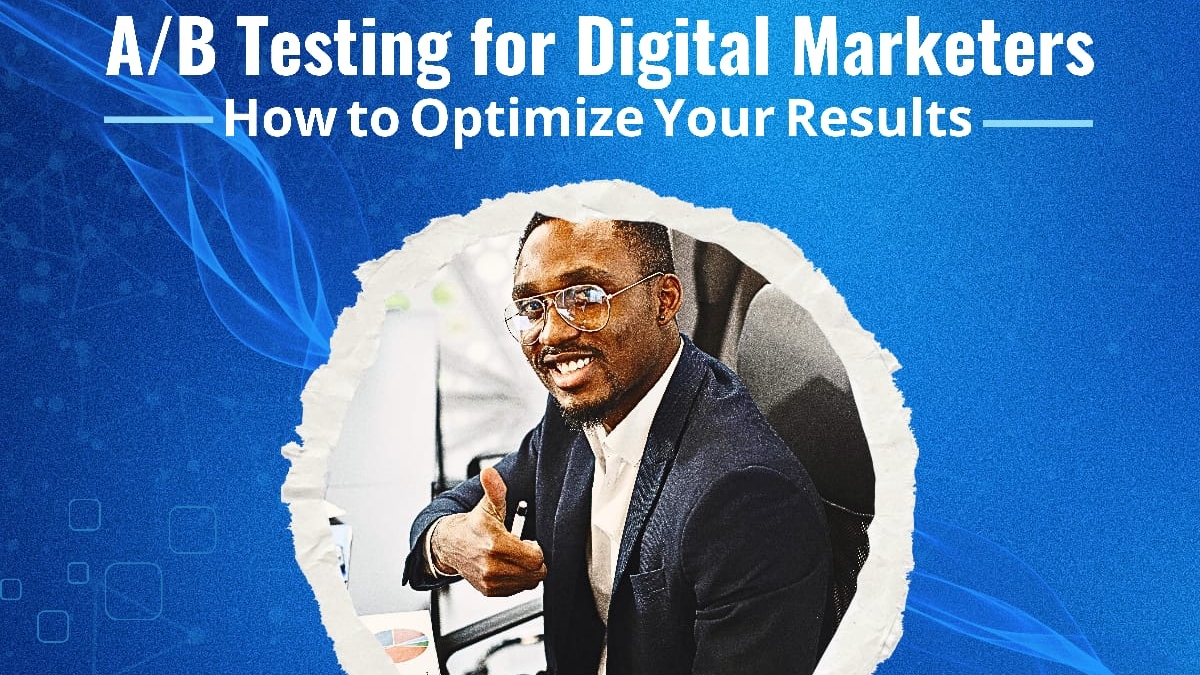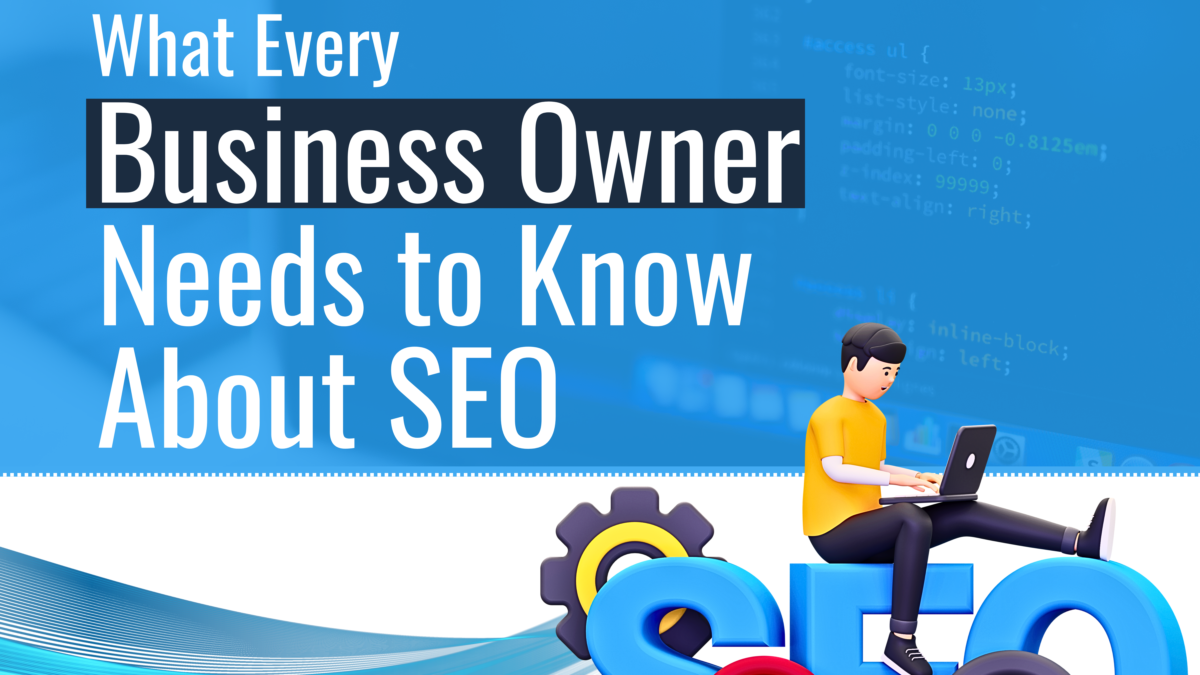Do you want to grow your business online? The key is having a solid digital marketing plan in place. This will help you reach more potential customers, build your brand, and ultimately increase sales and revenue.
But creating an effective digital marketing strategy can feel overwhelming, especially if you’re new to things like social media, email marketing, search engine optimization (SEO), and paid advertising.
Don’t worry, this guide will walk you through all the steps to develop a comprehensive digital marketing plan to drive real results for your business. Let’s get started!
1. Define Your Goals
The very first step is determining what you want to achieve with your digital marketing efforts. Do you want to increase brand awareness? Drive more traffic to your website? Boost sales of a particular product or service?
Having clear, specific, and measurable goals will make it easier to determine the tactics to include in your plan and measure success later on. Your goals should be tied to your overall business objectives.
Some examples of digital marketing goals could be:
– Increase website traffic by 25% over the next 6 months
– Get 1,000 new email subscribers in the next year
– Boost revenue from online sales by 35% compared to last year
2. Research Your Audience
Once you know what you want to accomplish, spend some time researching and defining your target audience. The better you understand who you are trying to reach, the more effective your digital marketing tactics will be.
Think about basic demographics like age, gender, location, income level, interests, and online behavior. But also try to get deeper insights into their needs, pain points, and motivations that are relevant to your products or services.
You can use a variety of methods like surveys, interviews, website analytics, and social media listening to build out detailed buyer personas.
3. Conduct a Competitive Analysis
Checking out what your competitors are doing with their digital marketing is a smart next step in the planning process. This research can help uncover potential opportunities and threats to be aware of.
Look at the tactics and channels your competitors are investing in. Rate their efforts across areas like website user experience, SEO, social media presence, email marketing, content marketing, and paid advertising.
Don’t just look at what they are doing, but analyze how effective their digital marketing appears to be based on things like their online engagement, website traffic, and search rankings.
4. Identify the Right Digital Channels
Based on your goals, target audience, and competitive analysis, select the best digital marketing channels to focus your efforts on. There are lots of potential tactics to consider, including:
– Content marketing (blog, videos, podcasts, etc.)
– Search engine optimization (SEO)
– Social media marketing
– Email marketing
– Paid advertising (Google Ads, social media ads, etc.)
– Affiliate and influencer marketing
You don’t necessarily need to use every single digital channel out there. It’s often better to start with just a few core channels where your audience is actively spending time online.
5. Develop a Content Strategy
Content marketing should be a key part of just about any comprehensive digital marketing plan. Creating high-quality, engaging content helps attract your target audience, builds brand awareness and authority, and supports other tactics like SEO and social media.
Your content strategy should define what types of content to produce (blog posts, videos, podcasts, infographics, whitepapers, etc.), what topics to cover, and what channels to distribute and promote that content on.
An editorial calendar can be extremely helpful to plan and manage your content production and publishing schedule.
6. Optimize for Search Engines
To get more organic traffic from search engines like Google, you need to optimize your website and content for search engine optimization (SEO). Identify the main keywords and topics you want to rank for based on your audience and create SEO-friendly content around those terms.
On-page SEO factors like page titles, headings, image alt text, and internal linking are all important. As is off-page SEO-like link building to improve your website’s authority.
7. Plan Your Social Media Approach
Social media is a crucial digital marketing channel to connect with your audience and promote your brand, content, products, and services. Set up business profiles on the main social networks your customers use, like Facebook, Instagram, Twitter, LinkedIn, etc.
Post consistently and engage with your followers by responding to comments and joining conversations around topics related to your industry. You can also look into running social media advertising campaigns to reach even more of your target audience.
8. Set Up Email Marketing
Email remains an incredibly effective digital marketing channel. Set up automated email sequences to nurture prospects through the sales funnel and engage existing customers.
Some ideas are welcome emails for new subscribers, abandoned cart sequences, newsletters with your latest content and promotions, and special occasion emails like birthdays or holidays.
Don’t forget to optimize your email campaigns for mobile devices, as many people check their inboxes on smartphones.
9. Consider Paid Advertising
While building an organic presence through SEO, content marketing, email, and social media is great, paid advertising can also be very effective in driving traffic and conversions quickly.
Google Ads is usually a top choice as it allows you to show paid ads at the top of search results. Social media advertising on Facebook, Instagram, LinkedIn, etc. also tends to perform well.
Be sure to have conversion tracking set up to measure the true ROI and performance of your paid campaigns.
10. Don’t Forget Analytics & Testing
Lastly, be sure to have a plan in place to continually measure, analyze, and refine your digital marketing campaigns based on real data. Set up tracking like Google Analytics on your website to monitor key metrics.
Review your analytics reports regularly to see which channels and campaigns are driving the best results. Be willing to make adjustments and reallocate resources if certain tactics underperform.
A/B testing is also wise, where you create different versions of things like website pages, ads, email campaigns, and more to see which variations work best with your audience.
The most successful digital marketing plans are agile and able to evolve to capitalize on new opportunities and changing customer behaviors.
Conclusion
By following these steps when creating a digital marketing plan that drives results, you’ll be able to effectively reach your target audience and ultimately grow your business in today’s fast-paced digital world.
Creating and executing an effective, comprehensive digital marketing strategy does take considerable time and resources. If you need assistance developing a plan customized for your specific business, don’t hesitate to reach out to a reputable digital marketing agency like us here at Sidigital for professional guidance.






